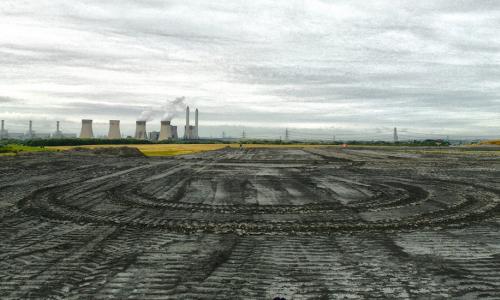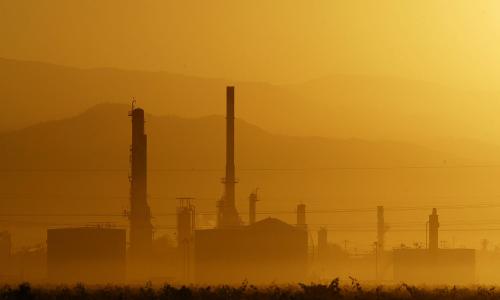An accident at a US nuclear power plant could kill more people than were killed by the atomic bomb dropped on Nagasaki.1 The financial repercussions could also be catastrophic. The 1986 accident at the Chernobyl nuclear plant cost the former Soviet Union more than three times the economical benefits accrued from the operation of every other Soviet nuclear power plant operated between 1954 and 1990.2
But consequences alone do not define risk. The probability of an accident is equally important. When consequences are very high, as they are from nuclear plant accidents, prudent risk management dictates that probabilities be kept very low. The Nuclear Regulatory Commission (NRC) attempts to limit the risk to the public from nuclear plant operation to less than 1 percent of the risk the public faces from other accidents.
The Union of Concerned Scientists (UCS) examined how nuclear plant risk assessments are performed and how their results are used. We concluded that the risk assessments are seriously flawed and their results are being used inappropriately to increase -- not reduce -- the threat to the American public.
Nuclear plant risk assessments are really not risk assessments because potential accident consequences are not evaluated. They merely examine accident probabilities -- only half of the risk equation. Moreover, the accident probability calculations are seriously flawed. They rely on assumptions that contradict actual operating experience:
- The risk assessments assume nuclear plants always conform with safety requirements, yet each year more than a thousand violations are reported.
- Plants are assumed to have no design problems even though hundreds are reported every year.
- Aging is assumed to result in no damage, despite evidence that aging materials killed four workers.
- Reactor pressure vessels are assumed to be fail-proof, even though embrittlement forced the Yankee Rowe nuclear plant to shut down.
- The risk assessments assume that plant workers are far less likely to make mistakes than actual operating experience demonstrates.
- The risk assessments consider only the threat from damage to the reactor core despite the fact that irradiated fuel in the spent fuel pools represents a serious health hazard.
The results from these unrealistic calculations are therefore overly optimistic.
Furthermore, the NRC requires plant owners to perform the calculations, but fails to establish minimum standards for the accident probability calculations. Thus, the reported probabilities vary widely for virtually identical plant designs. Four case studies clearly illustrate the problem:
- The Wolf Creek plant in Kansas and the Callaway plant in Missouri were built as identical twins, sharing the same standardized Westinghouse design. But some events at Callaway are reported to be 10 to 20 times more likely to lead to reactor core damage than the same events at Wolf Creek.
- The Indian Point 2 and 3 plants share the same Westinghouse design and sit side by side in New York, but are operated by different owners. On paper, Indian Point 3 is more than 25 percent more likely to experience an accident than her sister plant.
- The Sequoyah and Watts Bar nuclear plants in Tennessee share the same Westinghouse design. Both are operated by the same owner. The newer plant, Watts Bar, was originally calculated to be about 13 times more likely to have an accident than her sister plant. After some recalculations, Watts Bar is now only twice as likely to have an accident.
- Nuclear plants designed by General Electric are equipped with a backup system to shut down the reactor in case the normal system of control rods fails. On paper, that backup system is highly reliable. Actual experience, however, shows that it has not been nearly as reliable as the risk assessments claim.
To make matters worse, the NRC is allowing plant owners to further increase risks by cutting back on tests and inspections of safety equipment. The NRC approves these reductions based on the results from incomplete and inaccurate accident probability assessments.
UCS recommends that the NRC immediately stop cutting safety margins and postpone any further cuts until the faults in the probability assessments are corrected. The US Congress must provide the NRC with the budget it needs to restore the safety margins at America's nuclear power plants.
1 US House of Representatives, Committee on Interior and Insular Affairs Subcommittee on Oversight & Investigations, "Calculation of Reactor Accident Consequences (CRAC2) for US Nuclear Power Plants (Health Effects and Costs) Conditional on an 'SST1' Release," November 1, 1982; and Nuclear Regulatory Commission, "A Safety and Regulatory Assessment of Generic BWR and PWR Permanently Shutdown Nuclear Power Plants," NUREG/CR-6451, Washington, D.C., August 1997.
2 Richard L. Hudson, "Cost of Chernobyl Nuclear Disaster Soars in New Study," Wall Street Journal, March 29, 1990.



